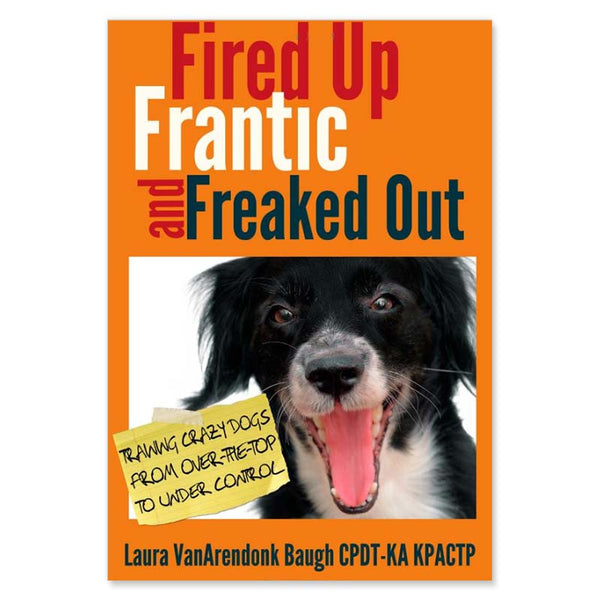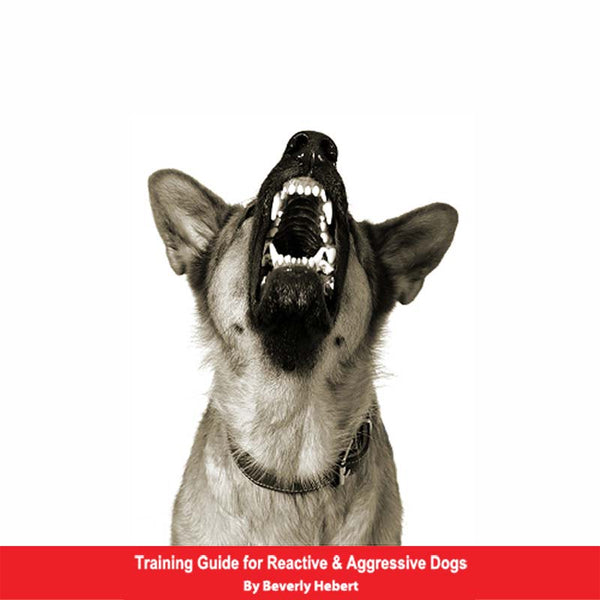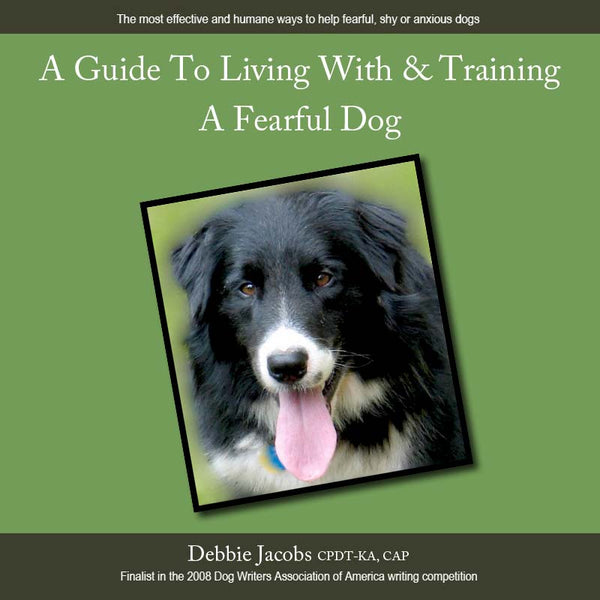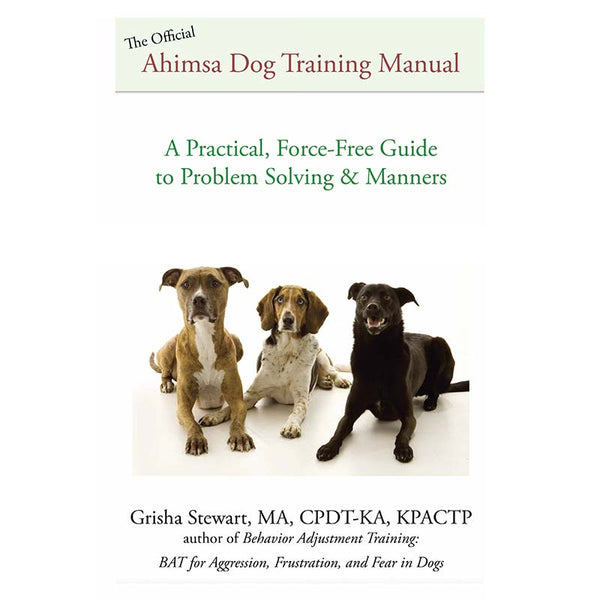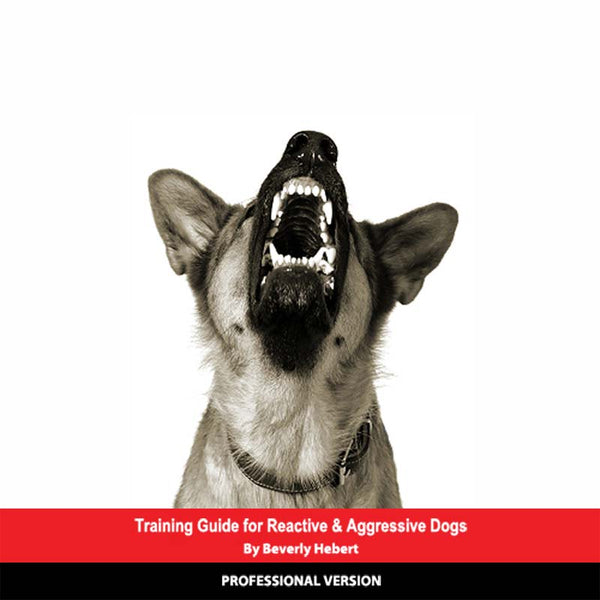Puppy Timeout: Using a Time Out to Stop Your Dog's Misbehavior
By Jess Rollins
Copyright Info
A dog Time Out (TO) can be used to train your dog to stop "rude" behaviors like playing too rough, and non-fearful barking. The most important thing to remember about the TO is that it should be used sparingly. Removing your dog from his people is a punishment to him and punishments can have negative side-effects. One possible side-effect with the TO is that your dog decides that you walking towards him is a "bad thing", because it sometimes leads to him being put in time out. This is why it is best to use the TO sparingly and put lots of effort into prevention and teaching your dog good manners using rewards.

That said, here's how to use a Time Out:
- Decide on a location for your dog's Time Out. Choose a location that your dog will find boring - neither scary nor wonderful and is safely puppy-proofed. Possible spaces are a tether, gated pantry, spare room, or bathroom.
- Decide exactly what misbehavior you will be timing your dog out for. Let other family members know how to follow your plan. If the TO is applied inconsistently, it will take much longer to work. Do your best to set up the situation so that your dog is fairly likely to succeed and is not just getting frustratingly timed out over and over again.
- When your dog misbehaves, give him a warning by calmly saying something like "enough".
- If your dog stops what he was doing, let him know he did the right thing by saying something like "thank you".
- If he continues to misbehave, calmly say something like "time out". Repeat "time out" every few seconds as you go to him. Avoid looking him directly in the eye when you walk towards him, as that can be intimidating. Grasp your dog's collar or drag line (use a drag line if he is difficult to catch) and walk him gently, but decisively, to his TO space. Place him there for 2-5 minutes.
- After the Time Out few minutes have passed, if he is calm, release him from his TO space. If he is not calm, walk away for another few seconds before attempting to release him again.

Tips:
- The frequency of the naughtiness should start to decrease after applying the TO about 5 times. In order to permanently change his behavior, keep applying the TO each time the misbehavior occurs.
- If your dog tries to avoid you catching him after you say "time out", that's understandable and tends to lessen with time. Just calmly continue after him while repeating "time out" every few seconds until you succeed in putting him in TO (and then put a drag-line on for next time).
- After you are seeing some success with this technique you can leave out the warning cue "enough" and skip directly to timing him out.
Trouble Shooting.
- The TO will only be effective if you are very consistent with applying it. This is definitely a case for putting effort in early to save work in the long run.
- Make double-sure that you and your family are following through with all of the steps each time your dog does the misbehavior.
- Make sure that your TO space is boring. If he really enjoys going to his TO area, then there will be no reason for him to stop misbehaving. If he is frightened of the TO space or by being taken by his collar to TO, then he may be too stressed to learn the lesson well and for him it may be best to focus on prevention and teaching an acceptable behavior.
- If your dog is trying to obtain something through the misbehavior you are timing out, make sure that you are timing him out before he gets what he was after. For example, if he eats a steak off of the counter, a TO following that great treat will probably not have any effect on future "counter surfing" attempts.
- Note that misbehavior that your dog has been repeating for years will take longer to diminish using the TO.
Happy Training!
We hope you found this article helpful. Please consider supporting our small business by becoming a customer or sharing this article with your friends.
~ Jess, Owner and Dog Trainer








